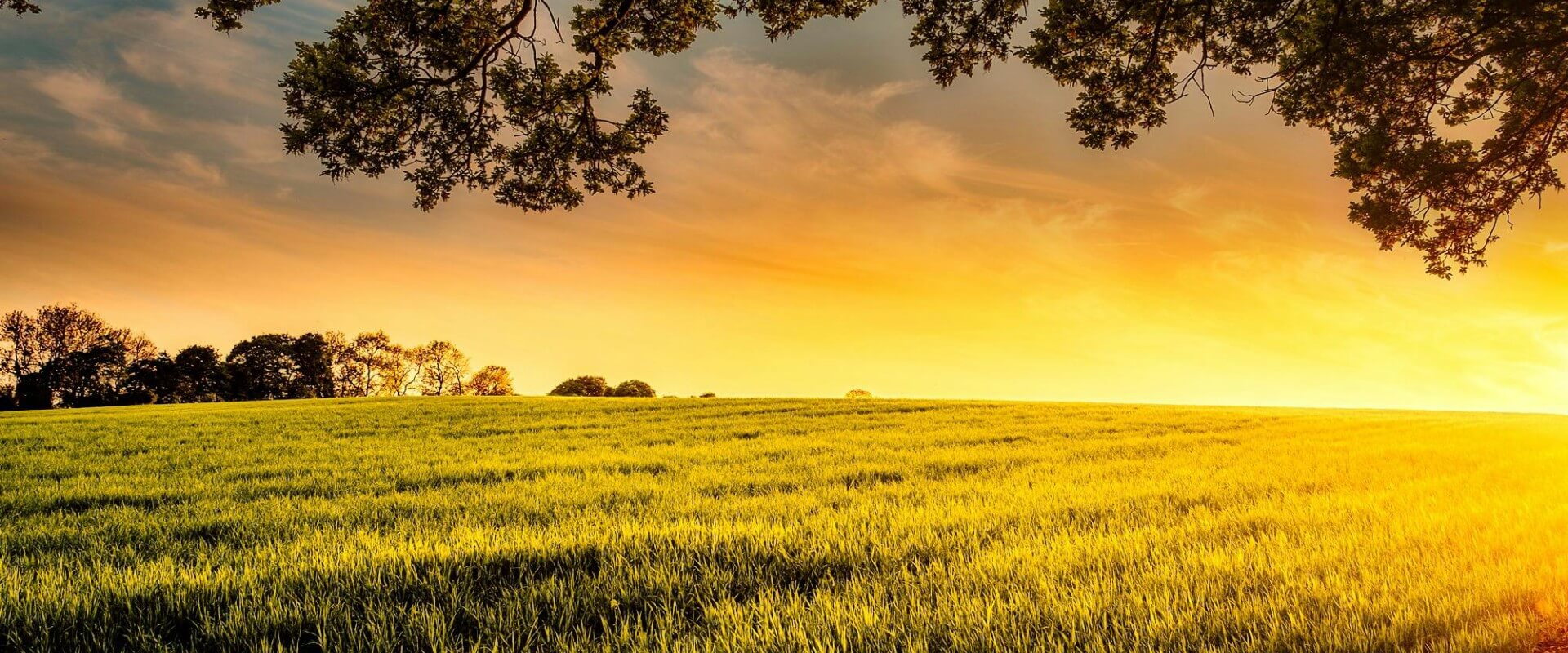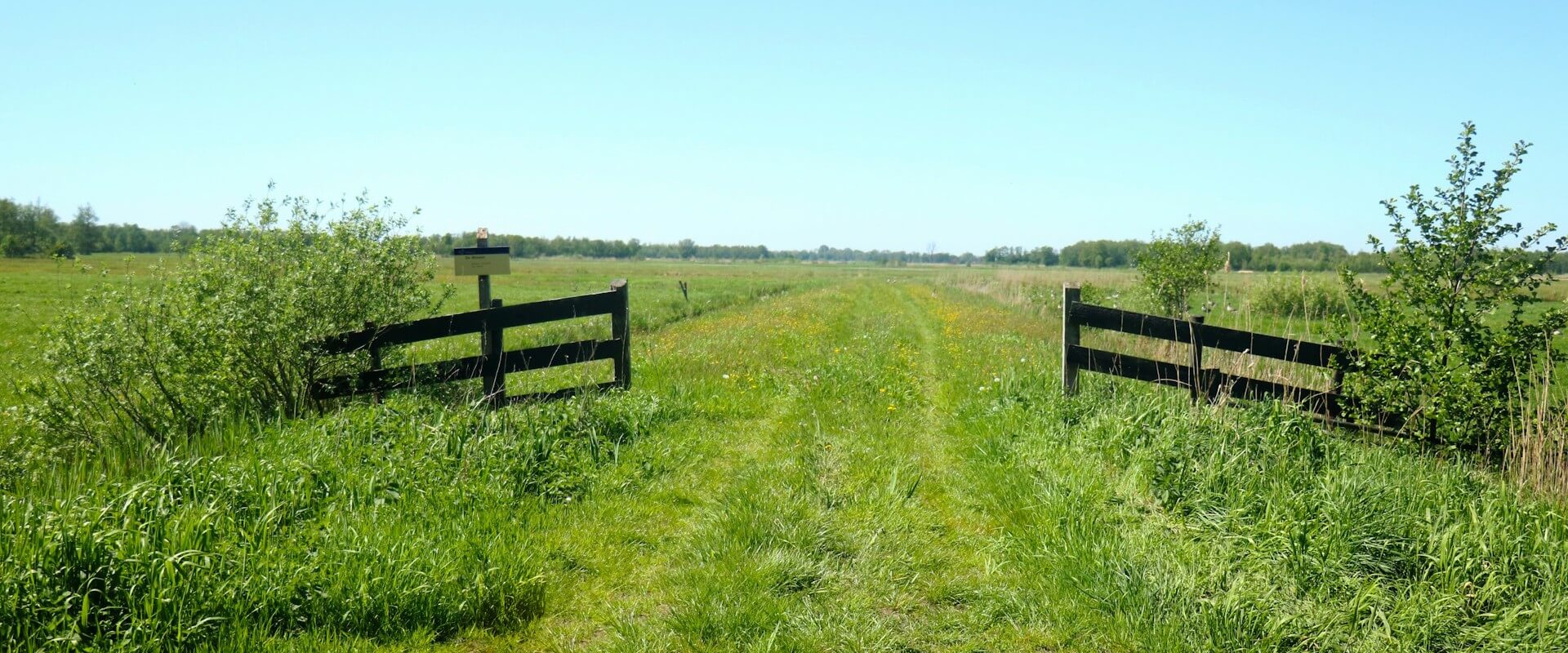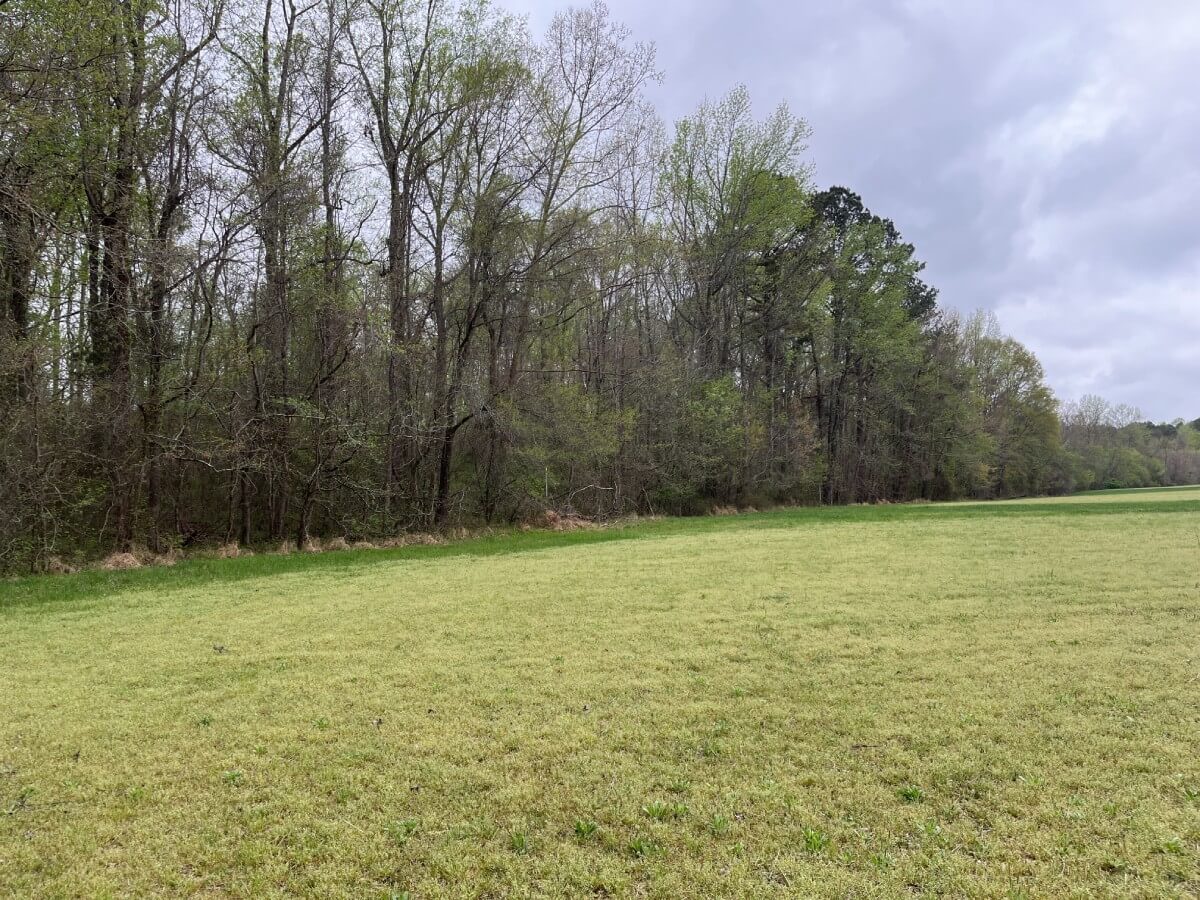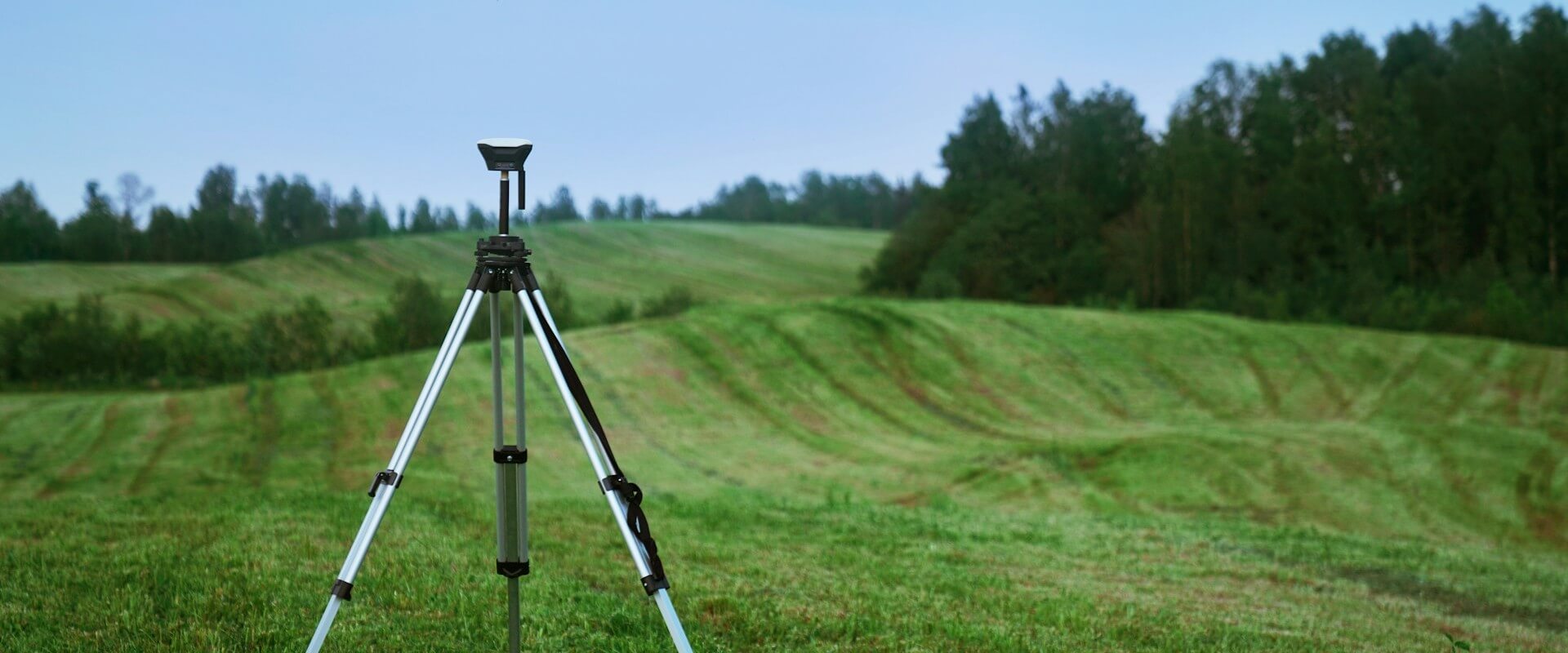When the summer temperatures start climbing, one of the best ways to escape the heat is spending time on or in the water. If you’re among the nearly 100 million Americans who enjoy recreational boating each year, you’ve likely felt that special kind of peace that only a day on the river can bring.
Even more, our nation's rivers can be seen as threads connecting us to a rich history, a vibrant culture, and a thriving natural landscape. Yet, how can we ensure these irreplaceable waterways remain free-flowing and healthy for generations to come?
While the United States has a myriad of methods to protect its river systems, one of the most innovative and widely recognized is the National Wild and Scenic Rivers System, established by the1968 Wild and Scenic Rivers Act (WSRA).
The Beginning of a Movement: Protecting Our Rivers
The idea of formally protecting certain rivers gained momentum during the middle of the 20th century, a time when the finite nature of Earth's resources was becoming clear. By the 1960s, decades of damming rivers, industrial pollution, un-managed run-off, and water diversion projects had taken a severe toll on America's rivers.
Waterways were becoming toxic, fish populations were declining, and aquatic habitat had been severely fragmented by widespread dam building. But people across the country spoke up. Citizens began protesting, writing letters, calling, and imploring leaders to protect their rivers.
This growing concern fueled a conservation movement that led to landmark legislation like the Wilderness Act (1964), the WSRA (1968), the Clean Water Act (1972), and the Endangered Species Act (1973).
The WSRA was a landmark effort in river conservation and the people behind it deserve some recognition. The primary movers behind it were visionaries such as the twin brothers, John and Frank Craighead who were larger-than-life figures in the world of ecology. Others included:
- Rep. Gaylord Nelson (also one of the founders of Earth Day)
- Interior Secretary Stewart Udall
- Senator Frank Church
Craighead Brothers: The Main Movers
John and Frank Craighead pioneered the use of radio tracking wildlife in Yellowstone and eventually introduced the concept of a Greater Yellowstone Ecosystem.
In the 1950s, over a decade before the WSRA was written, they developed a system for classifying rivers that included:
- Wild
- Semiwild
- Semiharnessed
- Harnessed
These classifications went on to serve the basis for how the WSRA functions to this day. Much of the body of the WSRA's text comes directly from their work.
The Craighead brothers’ deep appreciation for wild rivers was forged on the Salmon and Snake in the 1950s. These waterways were a world away from the tamed rivers of their youth near Washington, D.C. Comparatively, these were pristine, untamed, and possessed an almost reverential quality that would come to define their life's work (Dr. Frank C. Craighead).
The brothers saw the urgent need to protect America's wild rivers and began their push for a national system of protected waterways in 1959. Their dedicated advocacy, timed with a growing social pressure from a national movement, led to President Lyndon B. Johnson signing the landmark Wild and Scenic Rivers Act into law in 1968.
The original WSRA immediately designated portions of eight rivers for protection. These included:
- Clearwater
- Feather
- Eleven Point
- Rio Grande
- Rogue
- St. Croix
- Salmon
- Wolf
With a long history of bipartisan backing and enduring public popularity, the Wild and Scenic Rivers Act’s greatest strength is its collaborative framework. A 2022 poll by the Pew Charitable trust found that the vast majority of Western voters (67%) favor increased river protections.
This broad and popular support stands as an enduring legacy of the Craighead brothers, and a testament for how we can safeguard our nation’s wild places for the next.
A New Way to Value Nature with ORVs
The core purpose of the WSRA is to preserve free-flowing rivers with significant natural, cultural, and recreational values. To achieve this, the Act established a classification system based on a river's "Outstandingly Remarkable Values" (ORVs). For a river to be designated, it must exhibit at least one ORV that is considered rare, unique, or exemplary compared to other rivers in the region or nation (Reframing the Wild and Scenic Rivers Act).
The Act identifies these categories of ORVs:
- Scenic: Landscapes or attractions that are rare, unique, or exemplary.
- Recreational: Opportunities that are unique, rare, or exemplary.
- Geologic: A unique or rare combination of geologic features.
- Fish and wildlife: Nationally or regionally important populations or exceptionally high-quality habitat that provides connectivity for migratory and other species.
- Historic: The presence of a site or feature at least 50 years old.
- Cultural: Occupation or use by Native Americans in the past or present.
These ORVs can be viewed as an early precursor to the more modern concept of ecosystem services (the goods and services that nature provides freely for the benefit of society) (Reframing the Wild and Scenic Rivers Act.
A Legacy That Flows Forward
The Wild and Scenic Rivers Act did more than just protect a few iconic waterways; its passage signaled a fundamental change in how we as a nation value our rivers. It was a visionary piece of legislation that legally recognized that a river's worth is far greater than its economic potential for power or irrigation.
By identifying and preserving "Outstandingly Remarkable Values," the Act created a framework that affirmed the importance of the scenic, cultural, and ecological benefits that we now often refer to as ecosystem services.
This legacy of foresight was a gift to future generations, but it's one that requires our ongoing stewardship. And the work isn't over. Our local rivers and streams continue to face pressures from development, pollution, and a changing climate. At Unique Places to Save, we carry that same spirit of conservation forward, working to protect the vital aquatic resources for generations to come.
If you believe in the importance of healthy, free-flowing rivers, please consider supporting our work. Your donation or other support, like signing up for our newsletter, helps us protect the natural capital that sustains our communities and ensures these irreplaceable landscapes endure.
About the Author
Sam Warnock brings in-depth experience with ecosystem services, natural capital accounting, and environmental regulations based on his time spent in the private environmental sector and his education. His experience stems from projects related to regulatory permitting, chemical analysis, and EPA compliance. He has overseen a broad range of projects across the globe with a focus on environmental sustainability.
Learn MoreWe are a trusted partner for river conservation projects to restore habitats to their natural state
Learn More






